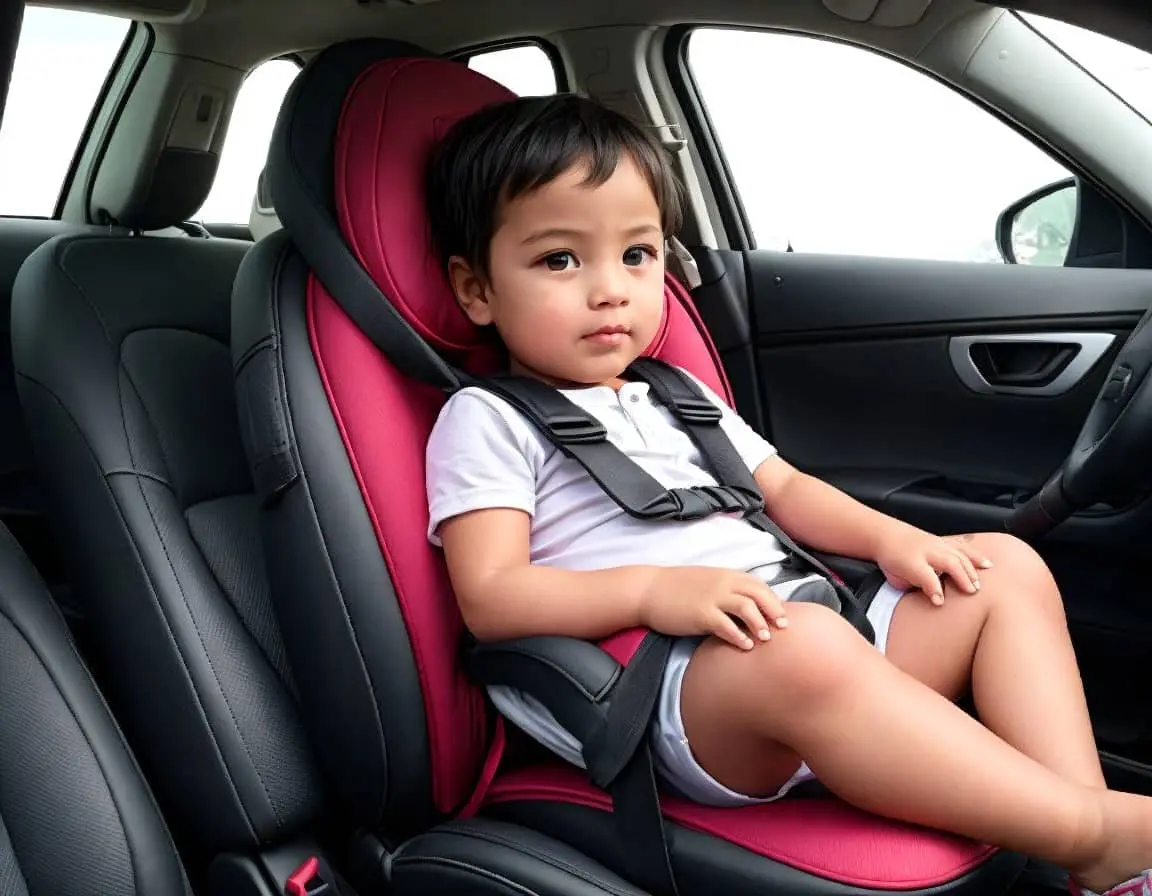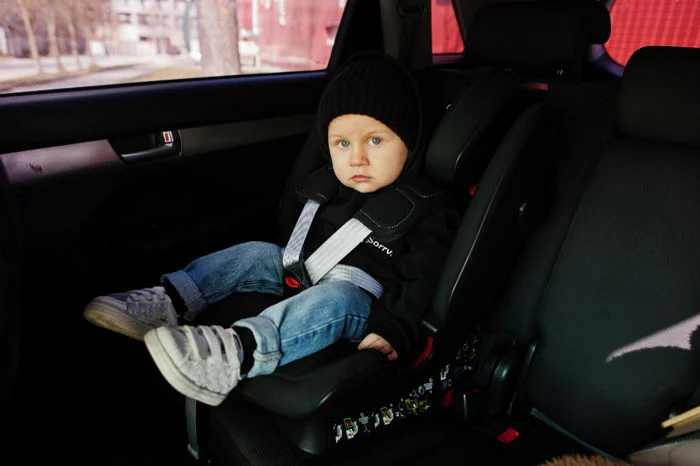Child Car Seat Rules in the UK: Protecting Your Little Passengers

Child safety in vehicles is a paramount concern for parents and guardians. The UK has stringent regulations to ensure that children are adequately protected while traveling in cars. Understanding these rules is crucial for compliance and, more importantly, for the safety of young passengers. This article delves into the specifics of child seat regulations in the UK, providing a comprehensive guide for parents and caregivers.
The Law
Under UK law, all children must be properly restrained in a car seat or booster seat until they are 12 years old or reach a height of 135 cm (approximately 4ft 5in).
Types of Child Car Seats
Child car seats are categorized based on the child’s height or weight. There are two main types: height-based seats (i-Size) and weight-based seats.
- Height-Based Seats (i-Size)
- These seats are designed to be rear-facing until the child is over 15 months old1. Rear-facing seats provide better protection for the child’s head, neck, and spine in the event of a collision.
- After 15 months, children can transition to forward-facing seats, but the seat must still be appropriate for their height.
- Only EU-approved height-based seats can be used in the UK. These seats have a label with a capital ‘E’ in a circle and ‘R129’.
- Weight-Based Seats
Weight-based seats are divided into several groups:
- Group 0: For children weighing up to 10 kg. These include lie-flat or lateral baby carriers, rear-facing baby carriers, or rear-facing baby seats using a harness.
- Group 0+: For children weighing up to 13 kg. These are similar to Group 0 but can accommodate slightly heavier children.
- Group 1: For children weighing 9-18 kg. These seats can be rear- or forward-facing and use a harness or safety shield.
- Group 2: For children weighing 15-25 kg. These seats can be rear- or forward-facing and use a seat belt, harness, or safety shield.
- Group 3: For children weighing 22-36 kg. These seats are typically high-backed booster seats or booster cushions using a seat belt.
Suggested Read- Keeping Your Kids Safe On The Road: A Guide To Child Seat Rules In Australia
Choosing the Right Car Seat
When selecting a car seat, it’s crucial to consider the following factors:
- Safety standards: Ensure the car seat meets the latest European safety standards (ECE R44/04 or ECE R129).
- Child’s weight and height: The car seat should be appropriate for your child’s size.
- Ease of use: A car seat that is easy to install and adjust will make your life easier.
- Compatibility: Check that the car seat is compatible with your vehicle’s seat belts or ISOFIX system.
Exceptions and Special Cases
There are specific exceptions and considerations for children with disabilities or medical conditions:
- Disabled Person’s Seat Belt: Children with disabilities can use a disabled person’s seat belt or a child restraint designed for their needs.
- Medical Exemptions: A doctor can issue an exemption certificate if a child is unable to use a restraint or seat belt due to their condition.
Penalties for Non-Compliance
Failing to comply with child seat regulations can result in significant penalties. Parents and guardians can face fines of up to £500 if caught using an unsuitable or incorrectly fitted car seat. More importantly, non-compliance puts the child’s safety at risk.
Recent Changes and Updates
The UK child seat laws have undergone changes to enhance safety. Since March 2017, new-to-market backless booster seats are only approved for children weighing more than 22 kg or taller than 125 cm. This change was made due to concerns about the safety of backless boosters for smaller children.
Suggested Read- A Comprehensive Guide to Child Seat Rules and Regulations in France
Installation and Use
Correct installation is vital to ensure the effectiveness of a car seat. Follow the manufacturer’s instructions carefully and consider professional installation if needed. It’s also important to regularly check the car seat for any damage or wear.
Additional Tips
- Never leave a child unattended in a car.
- Avoid placing heavy objects behind the car seat.
- Keep the car seat clean and free from debris.
- Always update your child’s car seat as they grow.
- Consider using a rear-facing car seat for as long as possible. Research suggests that children may be better protected when they are rear-facing.
The Importance of Child Car Seats
Child car seats are lifesavers. They significantly reduce the risk of injury or death in car accidents. By following the law and using the appropriate car seat, parents can provide their children with the best possible protection on the road.
FAQs
- Can I use a second-hand car seat? While it’s possible, it’s generally recommended to purchase a new car seat to ensure it hasn’t been damaged or recalled.
- What should I do if I’m involved in an accident? If your child’s car seat is involved in an accident, even a minor one, it’s recommended to replace it. The structure of the seat may have been compromised.
- Can I use a car seat that was used in another country? As long as the car seat meets European safety standards, it should be suitable for use in the UK.
- What is ISOFIX? ISOFIX is a system that allows car seats to be securely anchored to the vehicle’s mounting points, providing a more stable and reliable installation.
By understanding and following the child car seat rules in the UK, parents can take an active role in protecting their children’s safety on the road.








